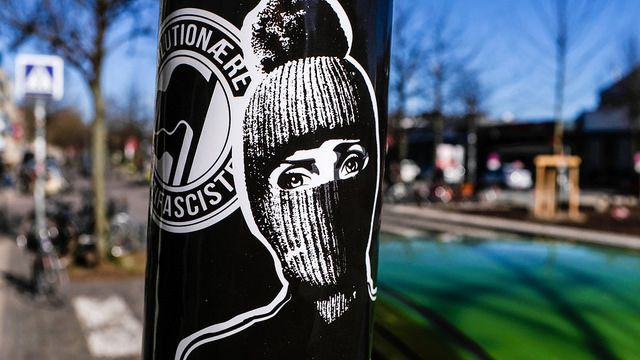
I’m currently working on a story about a homicide. In my case, there’s no doubt about the identity of the victim or the person who killed him. But I’ve used online court records, social media pages, real estate listings, and other digital data to fill in their biographies. It is a commonplace now to observe that most of us know leave extensive and difficult to efface traces online. My research has only confirmed that. My dead man was in his 70s and, as far as I know, never opened a single social media account. And yet by spelunking into his 2005 bankruptcy documents, available online to the public, I was able to learn his address, how much money he owed, his sources of income, even the fact that that he had a cat. All that I’m missing is the cat’s name.
You might recall that in 2001 the notorious Green River Killer (the boogeyman of my 1980s Pacific Northwest childhood) was caught when DNA sequencing technology improved to the point where he could be connected to his crimes. I’ve also been listening to the gripping podcast Bear Brook, which looks at how advances in forensic science, including analysis isotopes in the victim’s hair and teeth–plus the data in genetic genealogy databases–mostly cracked a 30-year old case. Increasingly, investigators are looking for relatives of suspects in consumer genealogy and ancestry databases.
So not only do modern people inevitably leave digital traces online, they also leave physical traces in the real world, bits and bobs of skin, nail, hair, spit and other tissues that reveal who we are, who we are related to, where we were born and where we have been—even whether we eat meat and what we look like. And those two streams of data are intertwined. Add the coming ability of DNA to predict a face to advances in facial and voice recognition software and the proliferation of surveillance cameras and smart speakers, and there soon may be very few places left to hide. In Australia, a system called “The Capability” is already matching passport photos to footage on CCTV cameras in public places.
A recent study, published in the Journal of Forensic Sciences, was able to tell residents of Salt Lake City from newcomers by looking at the oxygen, hydrogen, carbon, nitrogen, and sulfur isotopes in their fingernails. They could even tell which of their subjects were traveling and living together. Similar information can be gleaned from hair. Both act as a record of your last few months.
This is all great for fighting crime—and especially for the many people who have been exonerated by DNA evidence after wrongful convictions, as well as the family and friends of victims of cold cases.
But I doubt anyone seriously believes that these advances will never be used by governments to track political dissidents or social activists—or that they will never be used by private parties to doxx, harass, or stalk.
Recently, far-right thugs in Portland, Oregon have taken up a new way to terrorize anti-fascist groups. They call it “demasking,” and it involves grabbing people and forcibly removing their masks so their faces can be photographed and videotaped. Those photos and videos then end up online. With projects like “The Capability” already active, it won’t be long before “demasking” someone will be tantamount to revealing their name and home address. Rip out a little hair from the roots while the mask is being yanked off and you can have their DNA—and family tree—as well, along with a general record of their movements for the previous year.
What’s unclear to me is whether those who believe in the freedom to protest and organize should be researching ways to retain anonymity in a hyper-networked, data-drenched world, or whether they should be inventing new ways to protect themselves and the work they do in a firmly post-anonymous society. As these technologies improve, the question will only become more urgent.
Photo by Klaus Berdiin Jensen